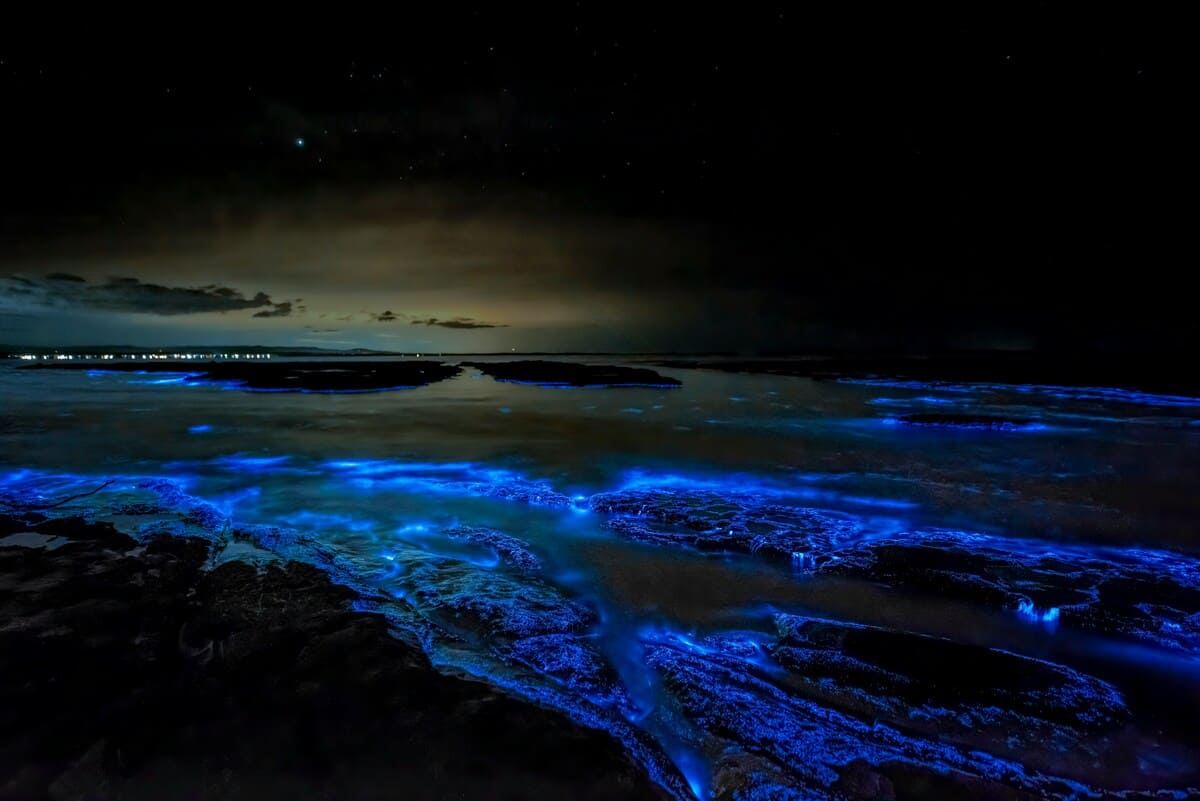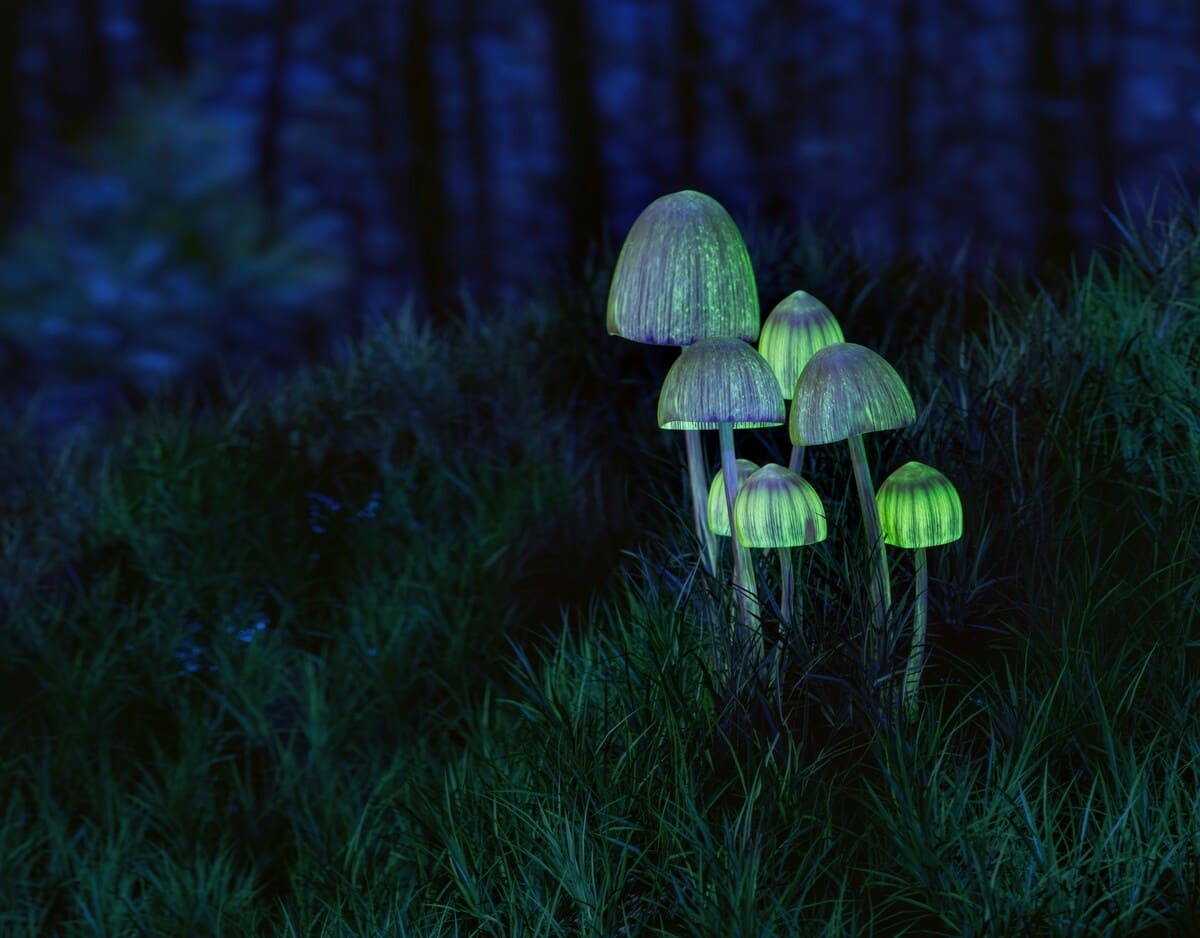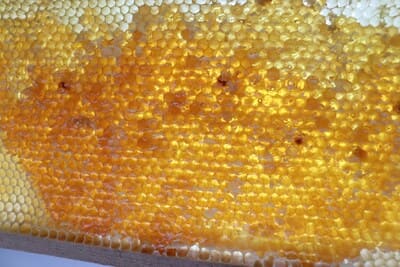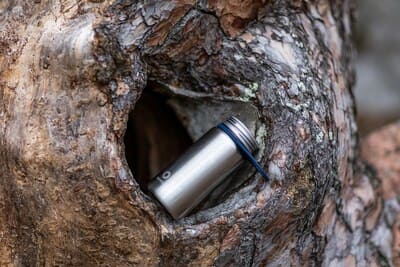Bioluminescence - nature's living light show - occurs when chemical reactions within organisms produce cold, visible light. Approximately 76% of marine species and select terrestrial creatures possess this magical ability, using it for communication, camouflage, and hunting in the eternal darkness of deep seas and dense forests.
1. Dinoflagellates (Sea Sparkle)
These microscopic algae create the famous "blue tears" phenomenon along coastlines. When disturbed by waves or swimmers, they emit an intense blue glow lasting 0.1 seconds through a luciferin-luciferase reaction.
Key Facts:
- Concentration: 100,000 cells per liter create visible glow
- Best viewing: 2-3 nights after full moon in warm waters
- Ecological role: May deter predators through "burglar alarm" effect

Nighttime waves glowing from dinoflagellate blooms in the Maldives.
2. Firefly Squid (Watasenia scintillans)
Each spring, Japan's Toyama Bay hosts millions of these 3-inch squid that:
- Possess photophores producing blue light
- Create synchronized mating displays
- Are commercially harvested as a delicacy
The squid's entire body can illuminate with complex patterns controlled by its nervous system. Researchers believe they use these displays for:
- Counter-illumination camouflage
- Mate attraction
- Confusing predators
3. Foxfire Fungi (Omphalotus olearius)
Found in decaying wood across Europe and North America, these mushrooms glow faintly green due to enzymatic reactions involving:
- Luciferin (light-emitting compound)
- Molecular oxygen
- Fungal enzymes
Historical records show early foresters used foxfire to mark trails at night. Modern science has discovered their glow may attract nocturnal insects to spread spores.

Foxfire fungi illuminating the forest floor in Brazil's Atlantic rainforest.
4. Deep-Sea Anglerfish
The terrifying females of this species (males are tiny parasites) use bioluminescent lures containing symbiotic bacteria to attract prey in the midnight zone (3,000-6,000 ft deep). Their esca (fishing rod apparatus) can:
- Produce blue-green light (most visible in deep water)
- Flash rhythmically
- Even mimic smaller prey's movements
Recent submersible expeditions have discovered anglerfish employing at least 5 distinct lure movement patterns for different prey types.
5. Railroad Worms (Phrixothrix hirtus)
These South American beetle larvae possess:
- Red headlights (unique in nature)
- 11 pairs of green lateral lights
- Complete light organ system with reflectors and lenses
The Chemistry Behind the Magic
All bioluminescent organisms share a common biochemical pathway:
Luciferin + Oxygen → Oxyluciferin + Light (via Luciferase enzyme) Marine species typically produce blue light (470-490nm) which travels farthest in water, while terrestrial organisms often emit green or yellow light. The efficiency of this reaction is astounding - nearly 100% of energy becomes light (compared to 10% for incandescent bulbs).
"Bioluminescence represents one of evolution's most spectacular examples of biochemical innovation. Each species has developed unique variations on this luminous theme." - Dr. Edith Widder, Ocean Research & Conservation Association
As deep-sea exploration advances, scientists estimate thousands more glowing species await discovery in the ocean's uncharted depths.






